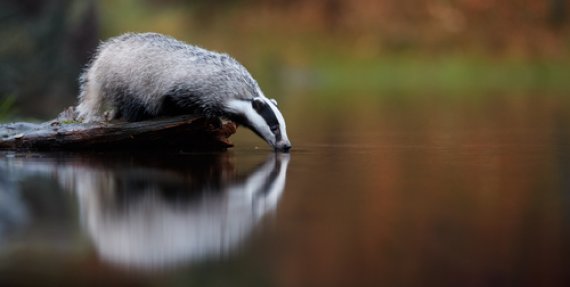The Irish government has decided to vaccinate badgers throughout the country in an effort to combat the spread of TB. © Shutterstock
In the 1950s, TB, a bacterial infection that is dangerous for humans, was a serious problem in Ireland. Through a big programme, the government did its utmost to wipe out the disease among livestock. With initial success, or so it seemed. And yet the disease has managed to survive at low densities until today.
‘In the 1960s, people discovered that the badger was spreading the disease,’ explains Inma Aznar, a research at the Irish department of agriculture, and a PhD student at WUR. ‘Badgers are common all over Ireland,’ says Aznar. According to her, they are very prone to infection with the disease. And they survive it, so they can continue to pass it on for a long time, and so TB keeps on coming back in Irish livestock. ‘If you don’t monitor that very strictly, the disease could easily spread to humans as well,’ explains her WUR supervisor Mart de Jong.
So everything possible is being done to control the disease. The main method used until now was culling badgers. Which is undesirable, as they are actually a protected species. And the territory of the culled animals is taken over by others. Aznar took a different approach, and conducted studies in three areas of Ireland to see whether it could help to vaccinate badgers. Some of the badgers in these three areas were given an actual vaccine, and a control group received a fake one.
The results seemed disappointing at first. The vaccine did not always work well enough protect the badger. But at the population level, vaccinating was worthwhile. Using a model study, Aznar found out that vaccinating 30 to 40 percent of all badgers would suffice to wipe out the disease in the long term.
The Irish government has now decided to roll out the vaccination programme nationwide. If everything goes as predicted, Irish livestock will eventually be entirely TB-free.

